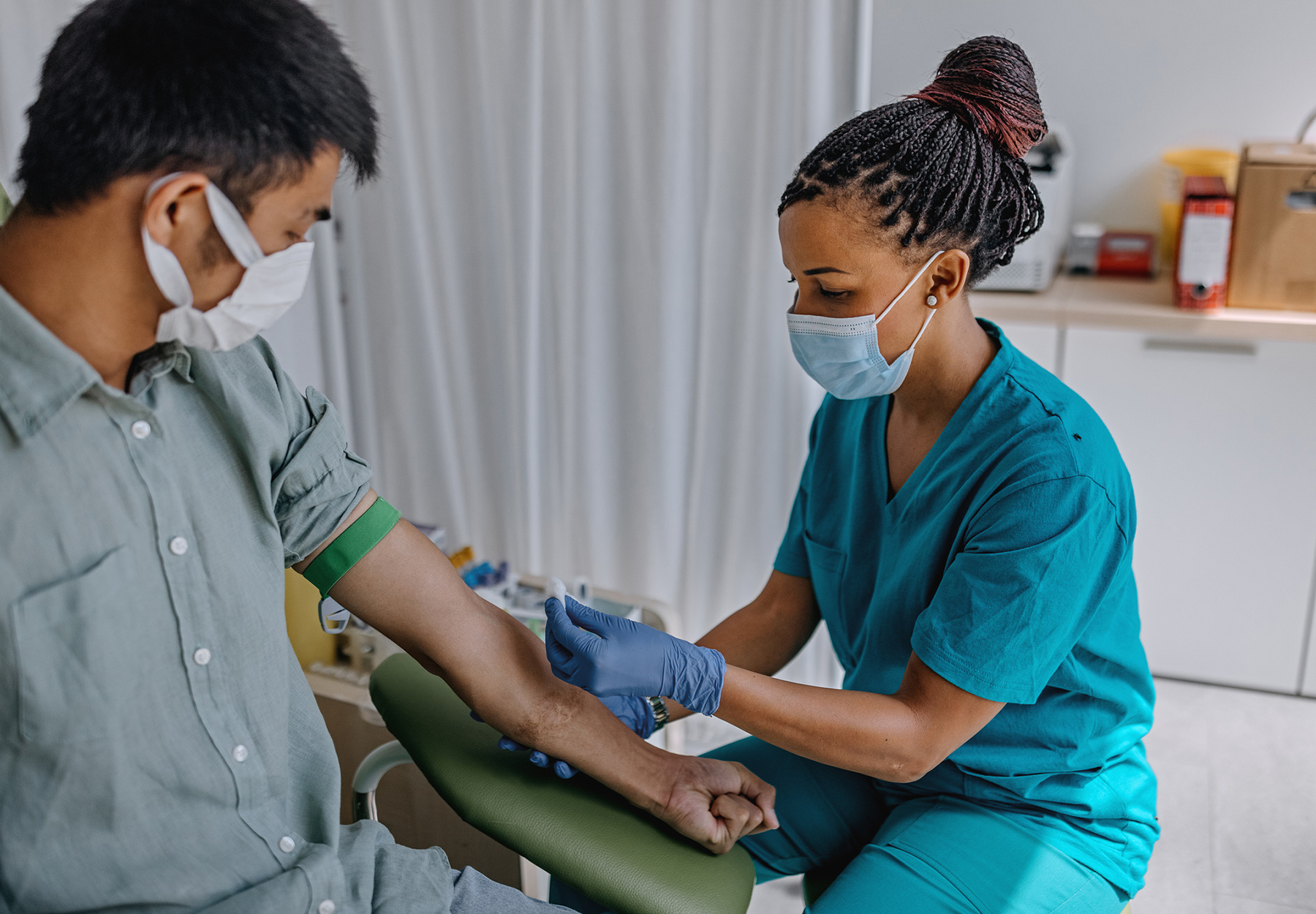As many healthcare providers have feared would be the case, during the COVID-19 pandemic, testing for other diseases such as cancer has dropped due to people missing or canceling appointments due to fears of infection, or due to public health restrictions meant to prevent spread of SARS-CoV-2, the virus that causes COVID-19.
Now, data released June 23 by the US Centers for Disease Control and Prevention (CDC) shows that this decline is testing is also true for HIV, particularly among the groups most affected by this virus. Specifically, during the first year of the pandemic (2019-2020), the number of CDC-funded HIV tests dropped 43 percent in healthcare settings and 50 percent in non-healthcare settings, the CDC reports. In addition, new HIV diagnoses dropped 17 percent during this time period.
Which Groups Saw the Biggest Decline in HIV Testing in Pandemic’s First Year?
The groups that saw the biggest drop in testing for HIV included gay and bisexual men, who saw a testing decline of 49 percent; transgender individuals, who saw a drop of 47 percent; Hispanic and Latino individuals, who experienced a 46 percent drop in testing; and Black people, who saw a 44 percent drop in testing for HIV.
The CDC notes that testing is essential for people to get diagnosed as soon as possible so that they can receive effective treatment for HIV right away, recommending that all people between ages 13 and 64 should be tested for the virus at least once, and some individuals should be tested every year.
Proposed Solutions to Counteract HIV Testing Decline
To counteract the missed diagnoses and drop in HIV testing during COVID-19, the CDC recommends partnerships between healthcare systems, community-based groups, and local and state governments to boost access to HIV testing.
Though the full affect of COVID-19 on HIV testing isn’t yet known, the CDC says the findings released on June 23 add to other recent data from the public health agency showing a sharp drop in HIV diagnoses and slowing prescriptions for the HIV prevention treatment pre-exposure prophylaxis from 2019 to 2020.
